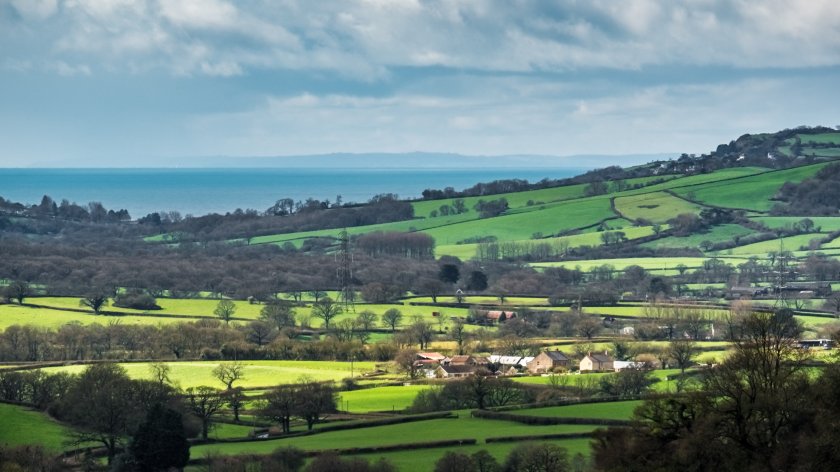
A natural capital expert has highlighted the opportunities for landowners to diversify into habitat provision services in light of a new government policy.
There will be opportunities for biodiversity offsetting after Defra announced the implementation date for its biodiversity net gain (BNG) policy to help improve natural habitats.
BNG will become mandatory for new developments across England on 12 February, and means most developments will need to demonstrate at least a 10% increase in biodiversity unless otherwise exempt.
Developers can achieve this in a number of ways – by creating habitat directly on the development site, through offsetting projects on separate land projects, or by purchasing statutory credits for the government.
Fisher German says it is already seeing the development of a market for habitat offsetting in anticipation of mandatory BNG going live.
The property consultancy has helped facilitate this market through the Green Offset – an online platform which aims to match landowners with developers looking for suitable land for habitat enhancement.
Now BNG has an implementation date, the firm says it expects this market to expand further as more developments are captured and the need for offsetting grows.
Tom Beeley, senior associate at Fisher German, said BNG was already driving interest in rural land and demand for offsetting amongst developers.
“Developers must increase biodiversity by at least 10 per cent, and some local planning authorities may demand more," he explained.
"The increase is measured through Defra’s ‘Biodiversity Metric’, which looks at habitat type, size, distinctiveness, and condition to determine a ‘habitat value’ of land.
“A 10% gain in biodiversity can be difficult to achieve within a development site boundary land, so developers will need to consider the impact of BNG and many will be looking to secure offsetting to meet the requirements of BNG.
"Those willing and able to enter into long-term agreements to manage land in a way which can demonstrate an uplift in habitat value can generate new income.
“This can include the creation of new habitat on existing agricultural land, such as converting poor performing arable land into grassland, or improving the management of existing habitats such as permanent pasture or woodland to enhance the ecological condition.
“Location is important, with sites which improve the interconnectedness of habitats scoring more highly through the offset calculations.”
While optimistic about how BNG could result in high-quality habitat creation schemes coming forward, Mr Beeley also cautioned that the market surrounding BNG and habitat creation is new, with several uncertainties.
Landowners considering providing habitat for BNG should consider that these are long term, legally binding projects with significant complexity, he said.
“Whilst values paid for habitat offsetting are seemingly attractive, there are significant costs in long- term delivery and the market remains uncertain.
“Overall, BNG represents a step change in how habitat provision is delivered and funded and should result in significant market change.
"There remain questions over how BNG will operate in practice, and we should expect policy to evolve as developers, landowners, local authorities, and other stakeholders work through the process.
“However, there is no doubt that for some landowners, BNG represents a good opportunity for diversification and means of delivering environmental projects."
